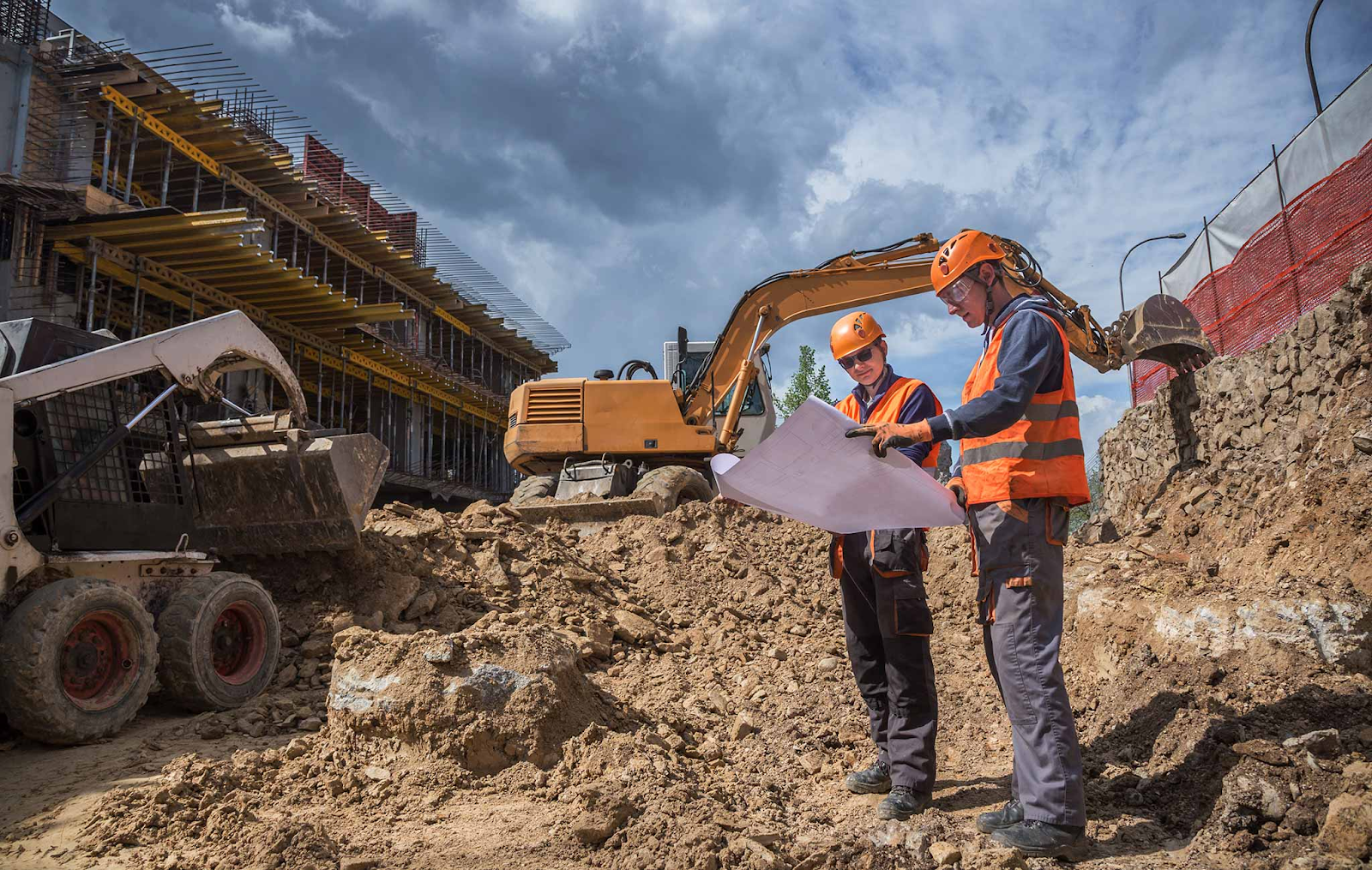8 Easy Facts About Specialized Geotechnical Engineering Solutions Explained
8 Easy Facts About Specialized Geotechnical Engineering Solutions Explained
Blog Article
A Biased View of Specialized Geotechnical Engineering Solutions
Table of ContentsThe Buzz on Specialized Geotechnical Engineering Solutions8 Easy Facts About Specialized Geotechnical Engineering Solutions ExplainedThe Buzz on Specialized Geotechnical Engineering SolutionsSpecialized Geotechnical Engineering Solutions Can Be Fun For EveryoneThe 5-Second Trick For Specialized Geotechnical Engineering SolutionsThe Buzz on Specialized Geotechnical Engineering Solutions
William Rankine, an engineer and physicist, developed an alternate to Coulomb's planet stress theory. Albert Atterberg established the clay uniformity indices that are still used today for dirt classification. In 1885, Osborne Reynolds identified that shearing causes volumetric extension of dense products and tightening of loose granular materials. Modern geotechnical design is said to have started in 1925 with the publication of Erdbaumechanik by Karl von Terzaghi, a mechanical designer and rock hound. Terzaghi additionally created the framework for theories of bearing capability of foundations, and the concept for forecast of the price of settlement of clay layers because of combination. Later on, Maurice Biot completely developed the three-dimensional soil loan consolidation concept, expanding the one-dimensional version formerly created by Terzaghi to a lot more general hypotheses and presenting the collection of standard formulas of Poroelasticity.
Geotechnical designers investigate and identify the buildings of subsurface problems and materials.
The Definitive Guide for Specialized Geotechnical Engineering Solutions
Geologic mapping and interpretation of geomorphology are usually finished in appointment with a rock hound or engineering rock hound. Subsurface exploration typically involves in-situ screening (for instance, the conventional infiltration test and cone penetration examination). The digging of examination pits and trenching (especially for situating faults and slide airplanes) might additionally be utilized to discover soil conditions at depth. Still, they are often utilized to enable a rock hound or designer to be reduced right into the borehole for direct aesthetic and hands-on assessment of the soil and rock stratigraphy. Different dirt samplers exist to fulfill the requirements of various design jobs. The standard infiltration examination, which uses a thick-walled split spoon sampler, is the most usual method to gather disrupted examples.

Generally, the user interface's specific geometry is unidentified, and a simplified user interface geometry is thought. Limited inclines need three-dimensional models to be evaluated, so most slopes are assessed presuming that they are infinitely vast and can be represented by two-dimensional versions.
Getting The Specialized Geotechnical Engineering Solutions To Work

Measurement of quantities and analysis of actual conditions. Layout alteration per actual problems The empirical method is ideal for building and construction that has already begun when an unforeseen growth happens or when a failure or crash looms or has actually already taken place. It disagrees for projects whose style can not be modified throughout building.
Concepts of Geotechnical Engineering. Soil Auto Mechanics and Foundations. Interrupted dirt properties and geotechnical design, Schofield, Andrew N., Thomas Telford, 2006.
Getting My Specialized Geotechnical Engineering Solutions To Work
Concepts and Technique of Ground Enhancement. Ground Renovation Concepts And Applications In Asia. Design evaluation in rock technicians.
Cengage Discovering, Stamford, 666 p. Atkinson, J., 2007. The technicians of soils and foundations. The Observational Approach in ground design concepts and applications.
The Ultimate Guide To Specialized Geotechnical Engineering Solutions
These records are tailored to meet the details demands of a job and include design parameters and recommendations for the building of a range of synthetic frameworks. As well as offering consultancy services covering locations such as slope stability and load-bearing capacities for different products, these engineers embark on r & d tasks to enhance approaches, equipment, products understanding and analysis covering whole lifecycles (Specialized Geotechnical Engineering Solutions).
Design the residential or commercial properties and technicians of rocks consisting of the application of characteristics, fluid auto mechanics, kinematics and product technicians. This combines geology, soil and rock mechanics, and structural design for the style and construction of foundations for a series of civil engineering tasks. This field involves predicting the performance of structure soil and rock to a load imposed by a framework, while taking into consideration performance, economic situation and security.
However, rates of pay usually raise as your expertise and abilities grow, with guidelines pointing to a graduate starting income of in between 18,000 and site link 28,000 each year in the UK. This increases to 26,000 to 36,000 with a few years of experience and after that getting to 40,000 to 60,000+ for elderly, chartered or master engineers.
Specialized Geotechnical Engineering Solutions Can Be Fun For Everyone
With the best application it is feasible to master the profession and gain access to a challenging yet rewarding and essential job. A geologist would certainly need to retrain to become a geotechnical engineer, although there is lots of cross-over between both careers, which might make this much easier. Rock hounds need to have an understanding of dirts, rocks and various other products from a clinical viewpoint, while geotechnical engineers tale their knowledge of matters such as dirt and rock technician, geophysics and hydrology and apply them to engineering and ecological projects.
When starting, these engineers will certainly click for info tend to deal with less complex projects, accumulating understanding and experience all set for even more tough job later on. Geotechnical designers often tend to specialise in particular locations as they expand in experience, concentrating on certain infrastructures such as railways, roads or water. These engineers also deal with eco-friendly energy, offshore and onshore oil and gas, nuclear power, and much more.
Report this page